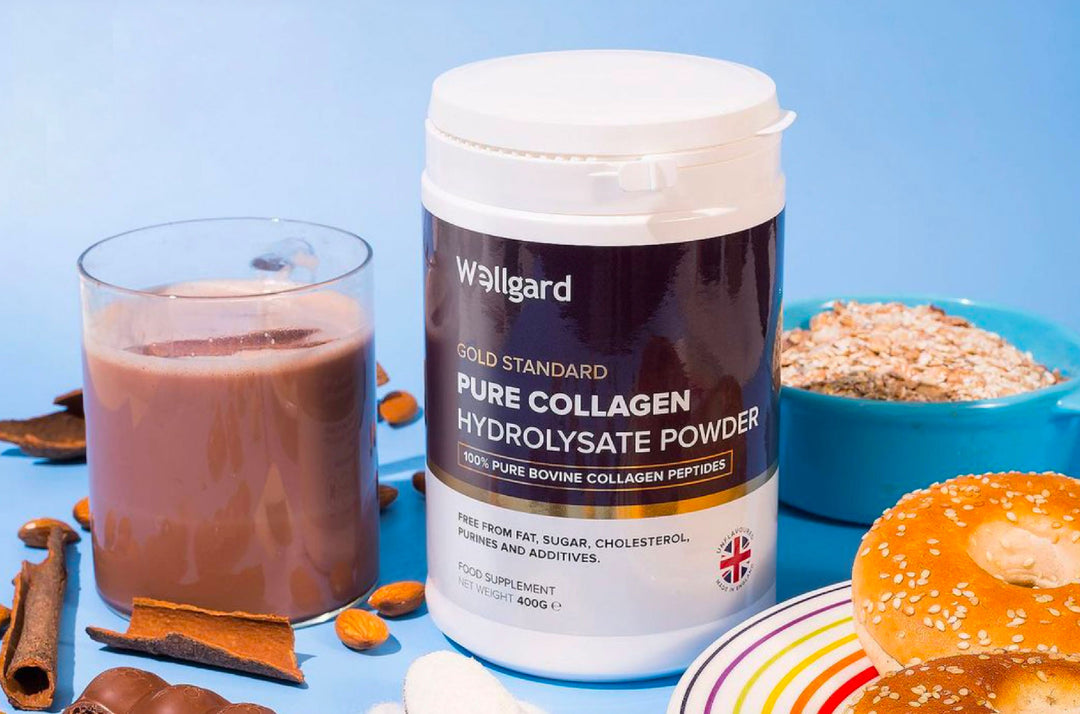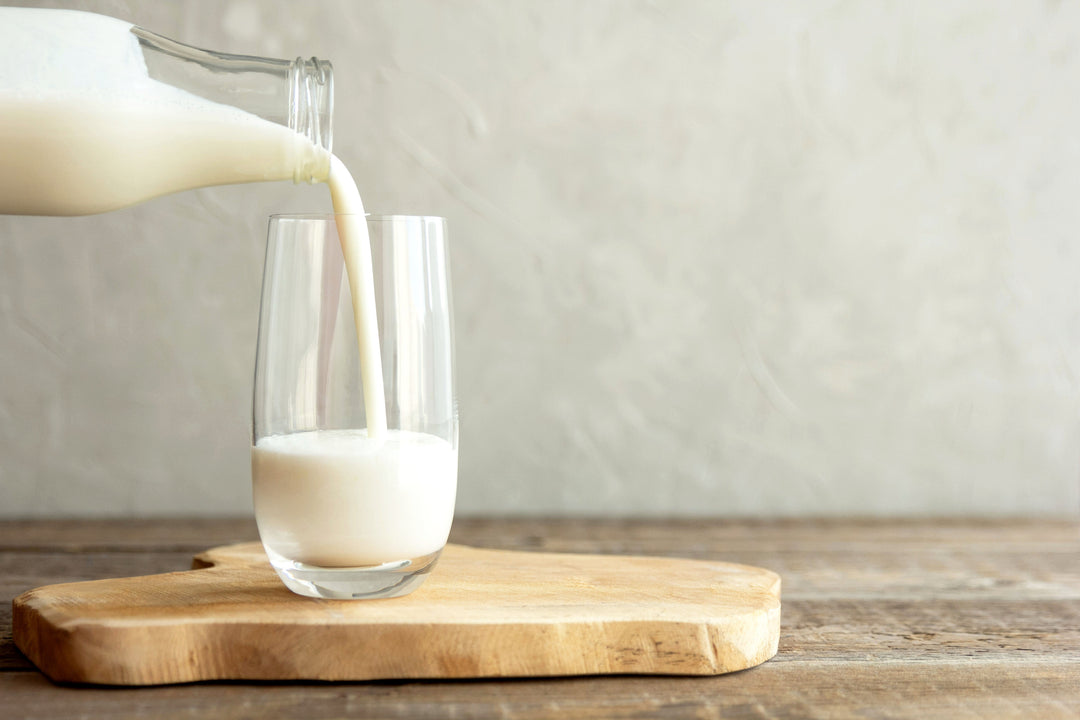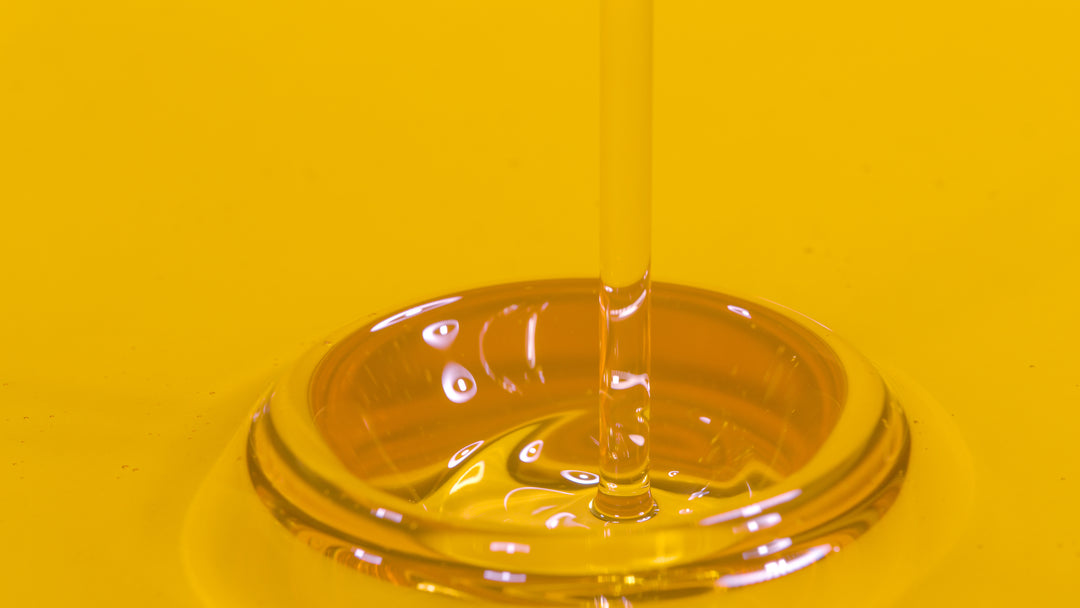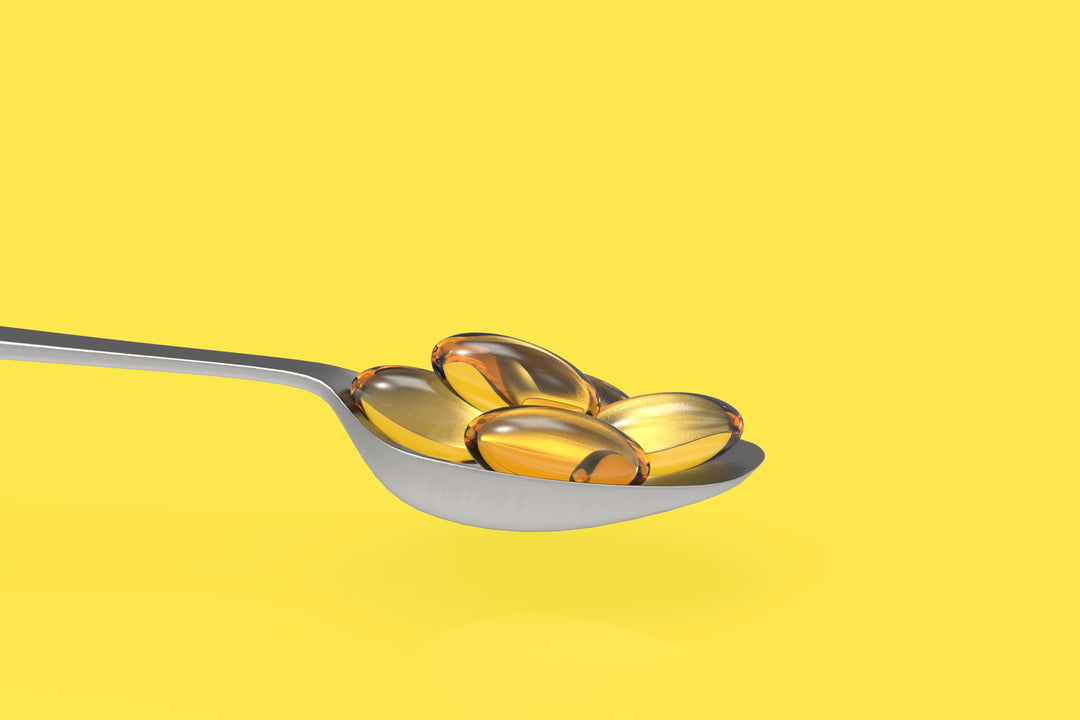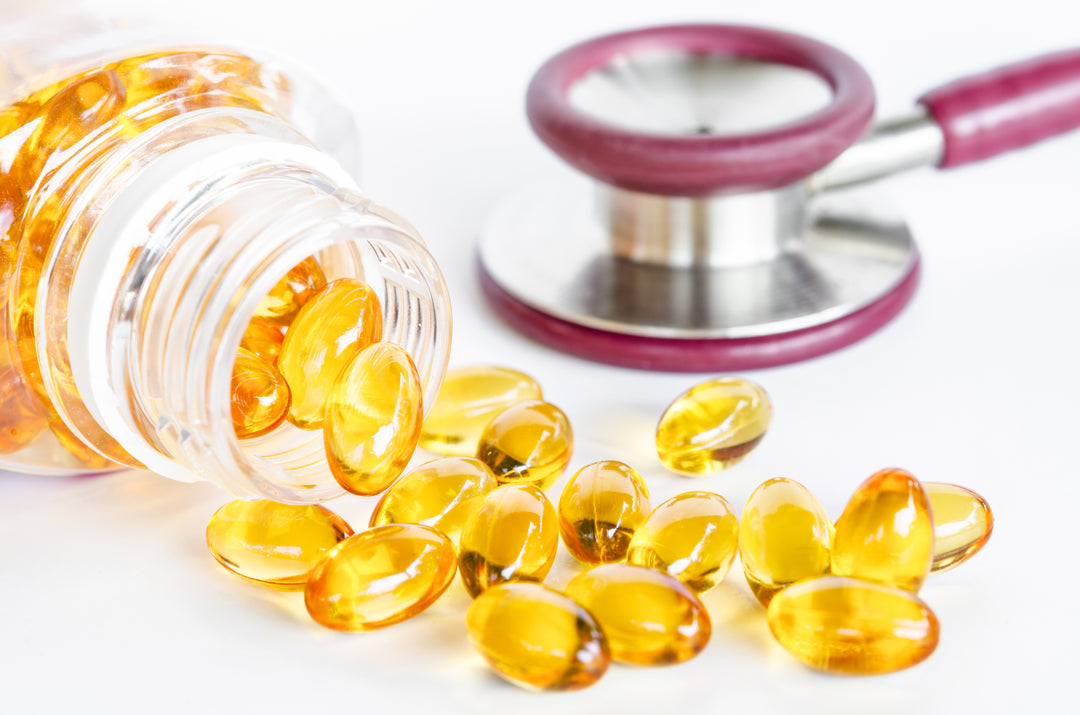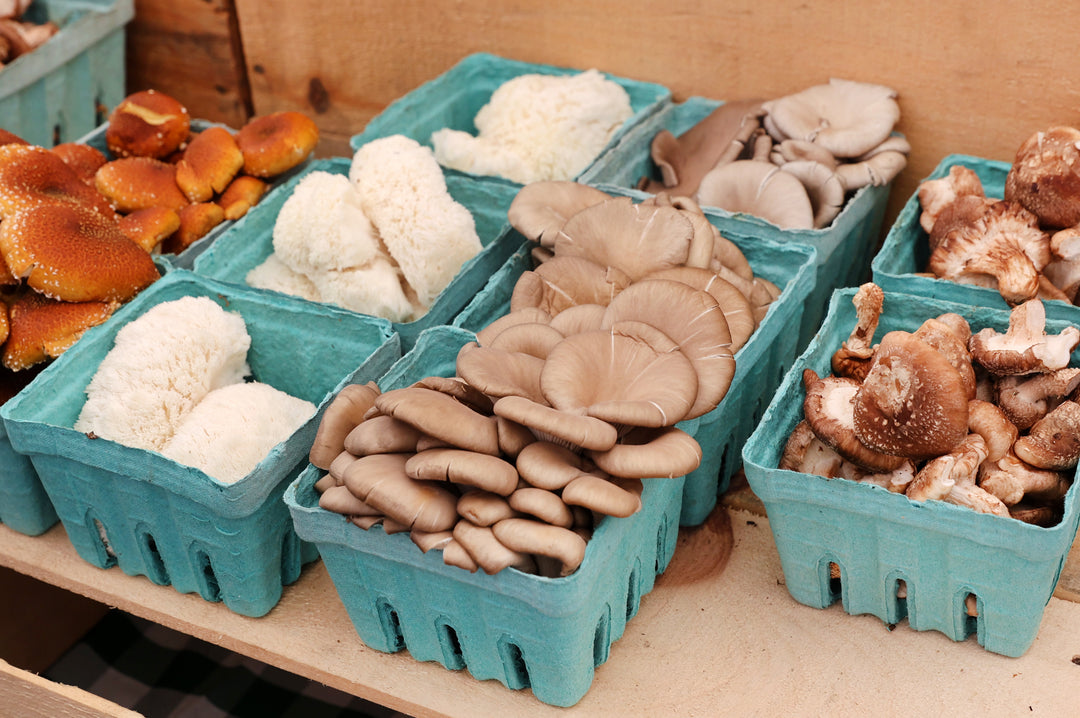What Foods Are High in Glucosamine?

Glucosamine is a naturally occurring chemical in the body and is used to help build tendons, ligaments, cartilage, and the important fluid that surrounds the joints. You’ll find that glucosamine can help boost the fluid around the joints and inhibit them from breaking down too quickly.
Due to these properties, it is understood that those suffering from joint pain, rheumatoid arthritis, and multiple sclerosis would all benefit from introducing a glucosamine supplement. There are three types of glucosamine supplement, combating osteoarthritis and other concerns, which are glucosamine supplements, glucosamine sulfate, glucosamine hydrochloride, and N-acetyl glucosamine.
- Glucosamine Sulfate
The natural sugar found in and around the fluid and cartilage that surrounds the joints. With extensive research carried out it is had been proven glucosamine sulfate can improve concerns with osteoarthritis. You will also find that any mild knee pain caused from injury or being overweight are also helped with glucosamine sulfate.
- Glucosamine Hydrochloride
Glucosamine hydrochloride is another form of the natural occurring glucosamine which is developed in a lab setting. When taking glucosamine hydrochloride orally, there are a vast collection of concerns that can be treated, such as, rheumatoid arthritis, osteoarthritis, glaucoma, joint pain, back pain, and temporomandibular disorder.
- N-acetyl Glucosamine
One of the lesser used and known about forms of glucosamine. N-acetyl glucosamine still requires some further studies to be carried out, and it is recommended to instead opt for the two other forms, glucosamine sulfate and glucosamine hydrochloride. Having said that, it’s understood that n-acetyl glucosamine helps treat and manage such conditions as inflammatory bowel disease (IBD), ulcerative colitis, and Crohn’s disease.
Is glucosamine found in any food?
Yes, there are some foods containing glucosamine, but you are limited with the variety of natural sources that are suitable for vegans and vegetarians. This is because glucosamine enriched foods are mainly shellfish, such as shrimp, prawns, lobster, and crabs. The most effective way of sourcing glucosamine is from the shells which are harvested and synthetically blended to make the supplement.
If you are vegetarian, or wanting to avoid animal-sourced supplements, glucosamine hydrochloride is most suitable as it’s not derived from shellfish or animals. This is also the best form of glucosamine to take if you have a shellfish allergy.
If you are looking into finding a new product or supplement to take, I would suggest taking a close look at the ingredients list on the packaging and seeking the advice from a doctor or medical professional to find the best fit for you and your needs.
What food is good for joint lubrication?
There are several foods known for helping provide good joint health such as,
- Cherries
- Red peppers
- Porridge/Oatmeal
- Turmeric
- Kale
- Walnuts
- Salmon
All the above mentioned are packed with the best nutrients and minerals to help combat signs of inflammation, especially in the knees and other joints that require extra support. Other beneficial properties are, vitamin D, omega-3s, vitamin C, calcium, and collagen. All of which combined can help improve the comfort and movement of the joints, whilst increasing the fluid needed to keep the area lubricated and in its healthiest state.
Does chicken broth have good glucosamine?
Yes, it certainly does. Since any form of broth requires animal bones to make a broth, it takes a long time to leave the broth simmering. This long process will slowly extract the nutrients of the bones resulting in a thick broth enriched in high protein, plenty of chondroitin, and glucosamine. All of which not only helps with keeping the body’s immunity healthy but will build cartilage to help keep joints and ligaments healthy.
What plants contain glucosamine?
There are no known plants rich in glucosamine. As I have mentioned earlier, glucosamine hydrochloride is one form of glucosamine known for being vegan and vegetarian friendly. This is because it is often derived from a plant source, which actually isn’t a plant at all. The source is a fungus called Aspergillus niger.
You would have seen it as a type of small black mould on such foods as onions, grapes, and apricots. Known to not cause any human disease, this organism is synthetically developed in a lab to form glucosamine hydrochloride.
Does bone broth have glucosamine?
Yes, as I have mentioned, broth consisting of bones will be able to provide various nutrients. It is thought that having bone broth is an easy way of benefiting from a boost of collagen and glucosamine, as well as alleviating symptoms of a common cold whilst giving your immune system a kick start.
With plenty of positive feedback about bone broth, you may be surprised to hear that the jury is still out regarding how effective it is at delivering health results. This is why many find maintaining a healthy, balanced diet supported with a daily intake of the right supplements is considered a more effective routine.
What can replace glucosamine?
Chondroitin is another dietary supplement that can replace glucosamine and support the production of cartilage. With many studies showing the results of chondroitin helping to treat concerns with osteoarthritis and relieving joint pain. It is important to note chondroitin is a complex sugar that is derived from cartilage found in animals, such as pigs, sharks, and cows. Therefore, if you are following a vegan or vegetarian diet, using chondroitin to replace glucosamine may become a tricky task. There are some vegetarian friendly products available sold by various brands using a patented process which contains zero animal sources. If you are finding it difficult to find the best product to suit you, the best idea to consult with a nutritionist or medical professional.
There you have a little more information about glucosamine and the foods containing high levels of the beneficial amino acid. If you are wanting to know more about the benefits of taking glucosamine, check out our dedicated blog post for more. If you have any further questions, come, and find us on Instagram, you’ll find one of our health specialists in the direct messages who are happy to help.






